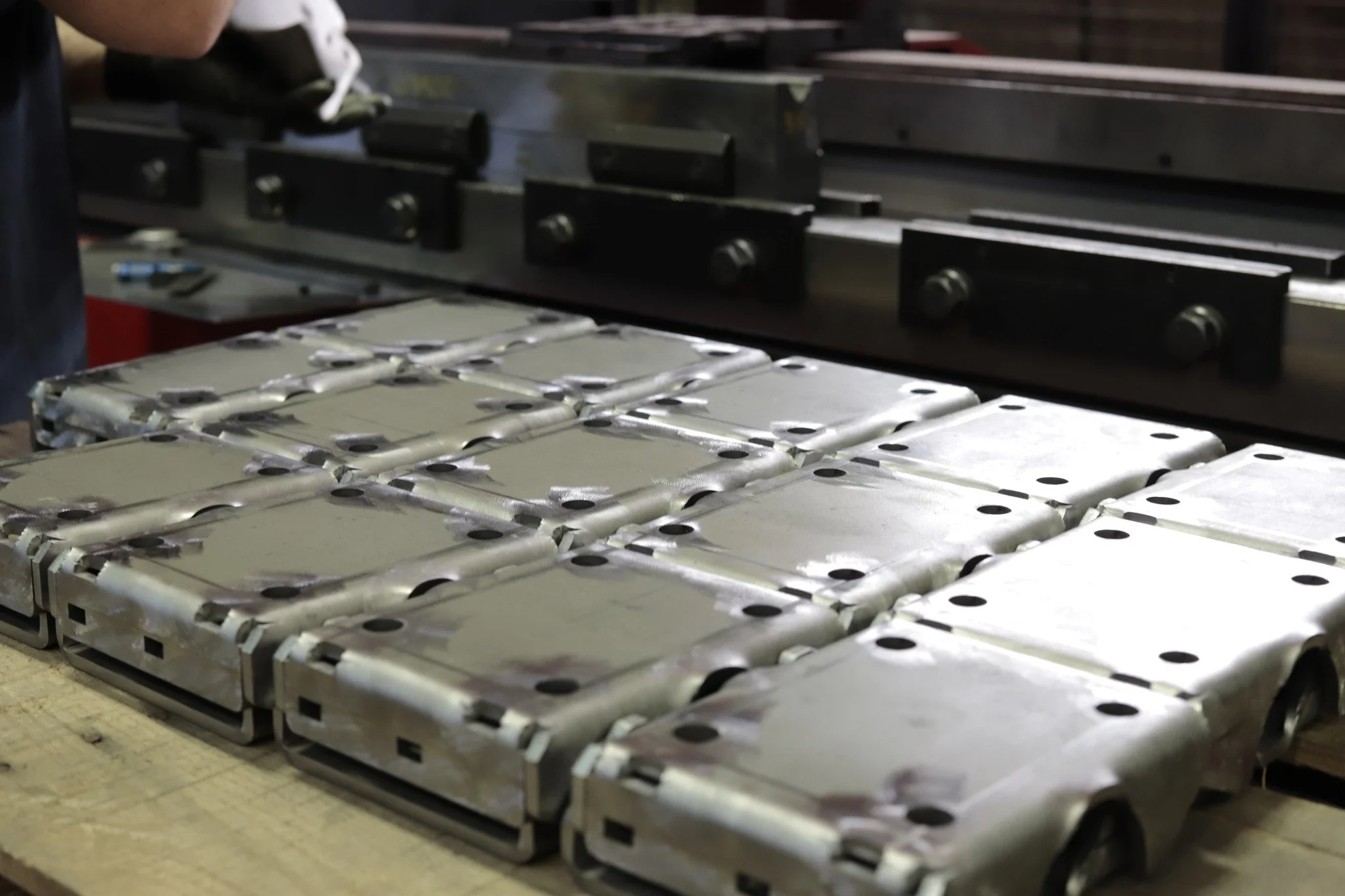Custom Metal Fabrication Techniques: From Traditional Methods to Modern Innovations
At the core of the industrial world lies the intricate and expansive process of metal fabrication. It's a craft honed over centuries, molding the infrastructure and machinery around us. Custom metal fabrication has undergone a captivating evolution with a blend of time-tested methods and cutting-edge innovations.
Deep Dive into Traditional Custom Metal Fabrication Techniques
Casting
Metal casting, one of the earliest known custom metal fabrication techniques, offers a unique approach to shaping metals.
Among the myriad casting methods, sand, die, investment, and centrifugal stand out, each with processes and benefits.
From the automotive sector to the world of intricate jewelry design, casting's influence is wide-reaching, producing components that cater to varied requirements.
Forging
Delving into the world of forging unveils a method rooted in history, where metals conform using compressive forces.
The distinction between hot and cold forging isn't merely temperature-based; it brings specific advantages, limitations, and application areas for each.
The robust nature of forged components, coupled with their durability, makes them an invaluable asset in sectors demanding high strength, such as aerospace and heavy machinery.
Rolling
The art of rolling metal offers a transformative approach, turning raw metal into sheets, beams, or specific profiles.
Hot rolling involves metals above their recrystallization temperature, while cold rolling focuses on room-temperature metals, with each method bearing unique outcomes.
From the skyscrapers that grace city skylines to vehicles that dominate roads, rolling plays a pivotal role in producing essential materials.
Welding
Spanning centuries, welding's rich narrative in custom metal fabrication has continually adapted to the industry's needs.
Techniques such as MIG, TIG, and Spot welding cater to diverse requirements based on metal types, bonding needs, and more.
Beyond the welding torch, safety remains paramount, guiding practices and innovations to ensure optimal bonds and protecting the workforce.
Punching and Drilling
Creating holes in metals might seem straightforward, but the dynamics of punching and drilling introduce a world of nuances.
Factors like material composition, thickness, and desired precision guide the choice between these techniques.
Modern advancements have propelled these processes, allowing unparalleled accuracy and consistency.
Exploring Modern Innovations in Custom Metal Fabrication
Laser Cutting
A pinnacle of precision, laser cutting has reshaped the way industries approach metal shaping.
By harnessing high-power laser beams, the laser can cut or engrave with remarkable accuracy.
Industries ranging from aerospace to automotive have embraced its prowess, though it's essential to recognize its limitations concerning certain metals and thicknesses.
CNC Machining
The era of automation introduced us to Computer Numerical Control (CNC) machining, a game-changer in custom metal fabrication.
Beyond its precision, the ability to replicate designs flawlessly and efficiently sets CNC apart.
Its influence is broad, catering to sectors demanding precision components, from aerospace to intricate decorative pieces.
Comprehensive Factors Influencing Choice of Technique
Opting for the right custom metal fabrication technique isn't a mere whim; it's a calculated decision influenced by:
The intrinsic properties of the material determine how it'll respond to specific techniques.
The end goal is product design, functionality, and durability.
A balance between economic considerations, production timelines, and desired quality.
The interplay between available technological solutions and the expertise of the operating workforce.
The Rich Intersection of Tradition and Innovation
Understanding modern custom metal fabrication is incomplete without acknowledging its deep roots in traditional methods.
The seamless blend of time-honored practices with new-age solutions provides a comprehensive fabrication landscape.
Emerging hybrid techniques, drawing from both paradigms, are steadily gaining traction, offering innovative solutions for contemporary challenges.
Crafting the Optimal Blend for Your Project
Choosing the right custom metal fabrication technique isn't merely about picking the latest innovation or sticking to traditional methods because they've been tried and tested. It's about analyzing your unique project requirements and crafting a blend that maximizes efficiency, accuracy, durability, and cost-effectiveness. Here's a more in-depth exploration into finding that perfect mix:
Understand the Project's Scope and Objectives:
Before diving into any fabrication technique, thoroughly understand the project's goals. Are you aiming for mass production or a one-off bespoke piece? Do you prioritize durability over flexibility, or is cost the primary concern?
Material Considerations:
Different materials react differently to various fabrication techniques. For instance:
Stainless steel, while durable, may be more suitable for laser cutting than aluminum due to its reflective nature.
Delicate metals may not be ideal for certain high-impact forging methods but can be perfect candidates for precision CNC machining.
Complexity and Detailing:
The complexity of the design can guide the choice of method:
Highly intricate designs may benefit from precision methods like CNC machining or laser cutting.
Simpler, bulkier components might work better using traditional forging or casting.
Production Volume:
The scale of production plays a significant role:
For large-scale, repetitive tasks, automated methods such as robotic welding or CNC machining can be more efficient.
For limited-edition, artisanal pieces, traditional methods might offer the touch of craftsmanship and uniqueness desired.
Time Constraints:
Modern techniques often boast speed due to automation. If you're pressed for time, techniques like laser cutting or CNC machining might be preferable. However, some traditional methods, while potentially more time-consuming, might offer a better quality finish or durability for specific projects.
Budgetary Constraints:
Incorporate a cost analysis:
While modern techniques offer speed and precision, the initial setup or machinery costs can be high.
Traditional methods, on the other hand, might have lower upfront costs but might require more skilled labor or take a longer time, influencing the overall budget.
Future Maintenance and Longevity:
Consider the long-term implications:
If a component undergoes significant wear and tear, forging might offer better structural integrity than casting.
If precision and minimal maintenance are the goals, CNC-machined parts with consistent accuracy could be ideal.
Leveraging Hybrid Solutions:
Sometimes, the best approach involves multiple techniques:
A piece might cast and refine using CNC machining for detailed elements.
Welding might join laser-cut components to create a more complex assembly.
The Future of Fabrication: Advancements on the Horizon
The realm of custom metal fabrication, historically rooted in manual craftsmanship, is undergoing a revolutionary transformation. As technology continues its relentless march forward, the horizon for custom metal fabrication gleams with promises of innovation, efficiency, and unparalleled precision.
Advanced Automation: One of the most significant strides forward will be in the domain of automation. While CNC machining has already made its mark, the future will see even more sophisticated automated systems. These systems, driven by artificial intelligence and machine learning, will not only execute tasks but will also predict potential issues, optimize designs for manufacturability, and adapt in real time to changes without human intervention.
Enhanced Additive Manufacturing: 3D metal printing, a subset of additive manufacturing, is rapidly advancing. Future innovations will likely expand the range of metals and alloys available for printing, increase print speeds, and enhance structural integrity. Custom metal fabrication will benefit immensely, enabling the creation of complex geometries and internal structures that were previously impossible or prohibitively expensive to produce.
Augmented Reality (AR) Integration: AR is poised to be a game-changer in custom fabrication. Using AR glasses or displays, fabricators can overlay digital designs onto physical materials, ensuring precise alignments, measurements, and cuts. This could dramatically reduce errors, speeding up the fabrication process and ensuring a higher degree of accuracy.
Green Fabrication Techniques: With increasing emphasis on sustainability, the industry is leaning towards environmentally-friendly fabrication methods. Innovations might include energy-efficient machinery, waste-reducing processes, and methods that minimize harmful emissions. The future of custom metal fabrication will not only be about precision and efficiency but also eco-consciousness.
Intelligent Materials: The materials used in fabrication themselves will evolve. Researchers are delving into "smart" metals and alloys that can self-repair minor damages, change shape in response to specific stimuli, or offer enhanced durability and lightweight characteristics.
Real-time Collaboration Platforms: Cloud-based collaborative platforms will enable teams scattered across the globe to work on a single fabrication project synchronously. Real-time updates, combined with advanced simulation tools, will allow for immediate feedback, iterative design improvements, and streamlined production processes.
The tapestry of custom metal fabrication is rich, woven with threads of history, craftsmanship, and technological brilliance. As the horizon of metal fabrication expands, it beckons a future filled with exciting advancements, ensuring that the dance between tradition and innovation continues to enrich the industry.
Contact Us
If you're interested in working with Western Design & Fabrication on your next, please contact us today. We would be happy to discuss your project and how we can help you achieve your goals.
Be sure to sign up to our newsletter here to stay up to date on all things WDF and metal fabrication news.




